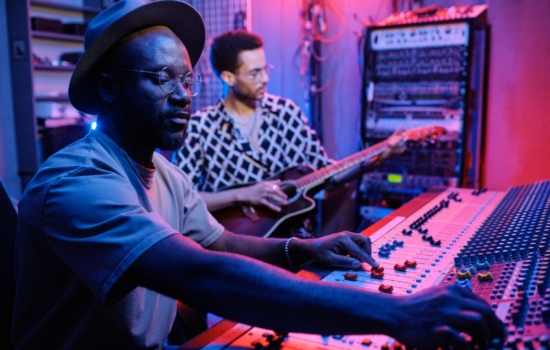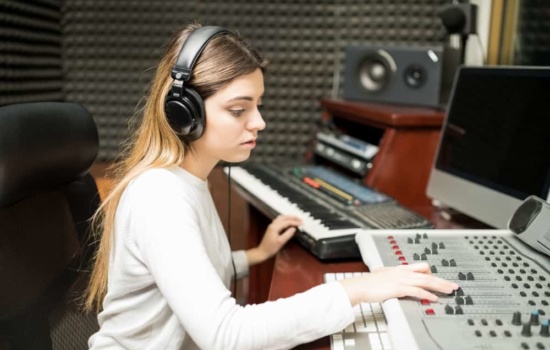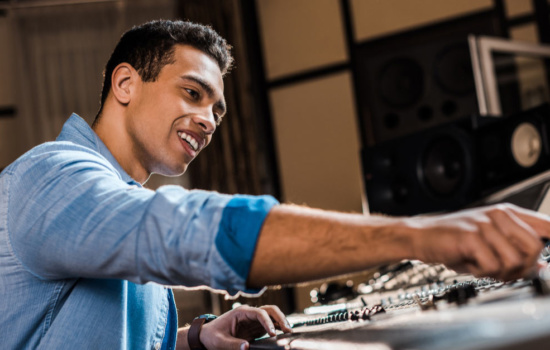What is the best professional vocal microphone?
The Shure SM7B is the best microphone for getting professional results in any given situation. It’s robust yet sensitive, is great to work with and gives a passionately intimate sound that outs everything down on the track. For both singing and speaking roles, the SM7B is perfect.
What mic do most Singers use?
For live performance, you are commonly going to find the Shure SM58 as the microphone of choice. It can handle anything your want to throw at it including being spun around your head on the cable and thrown into the bass bins. It’s the hardest working mic in the business.
What microphones make your voice sound better?
For capturing the best your voice can offer you’ll need a condenser microphone and a very quiet room. The Warm Audio WA-251 is perfect for this as it will record a great raw performance that you can process to great effect in your DAW or recording software.
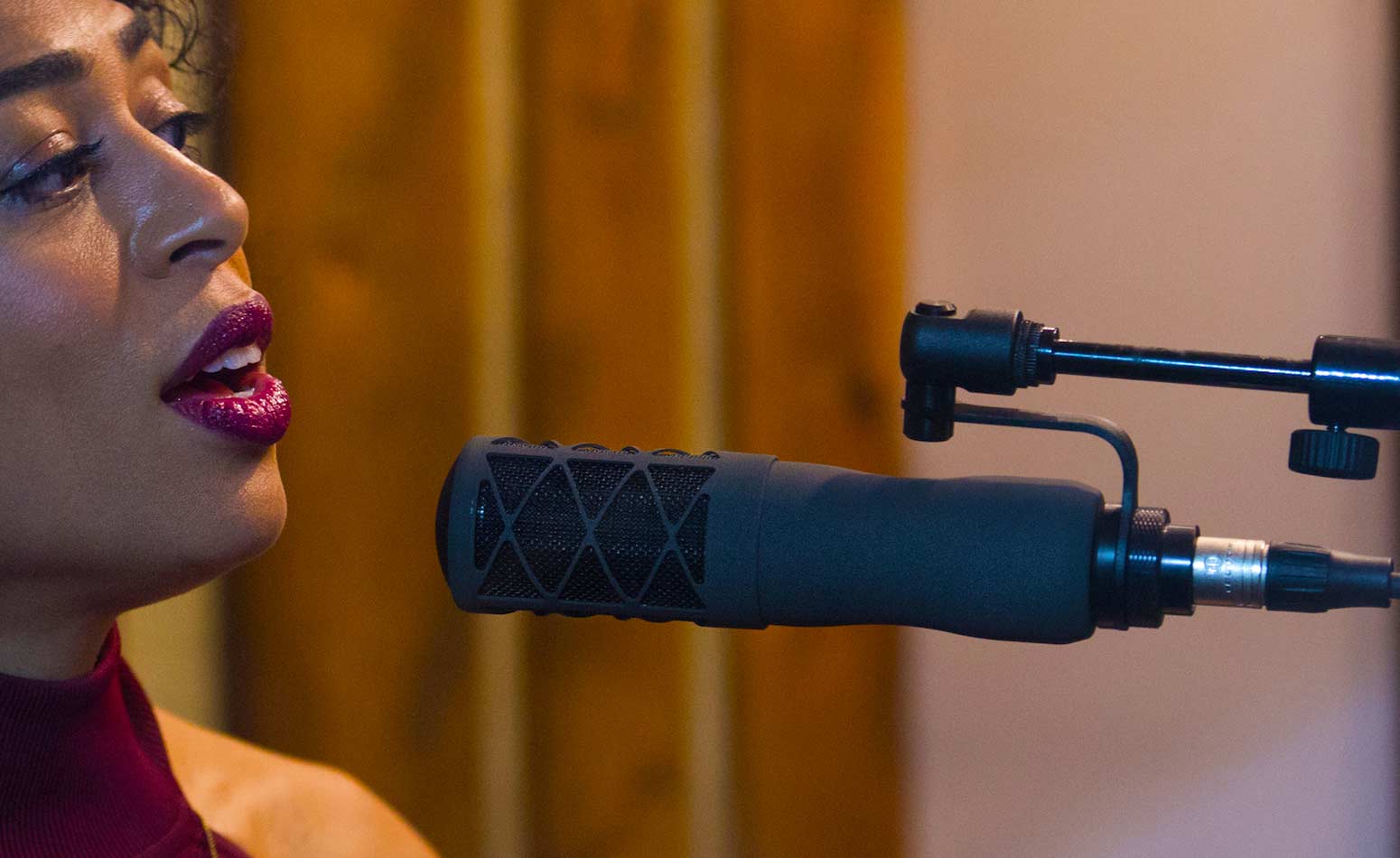
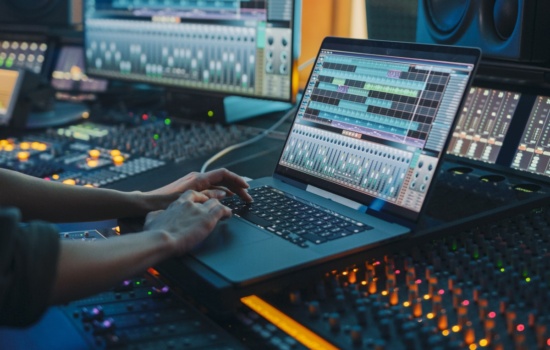
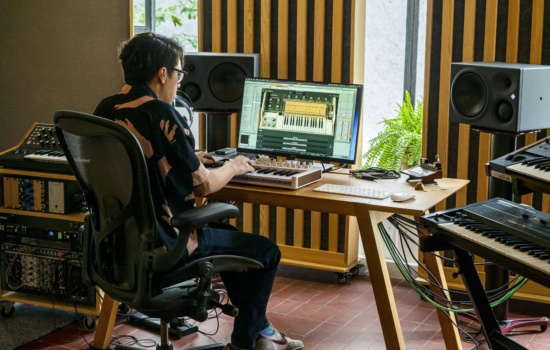
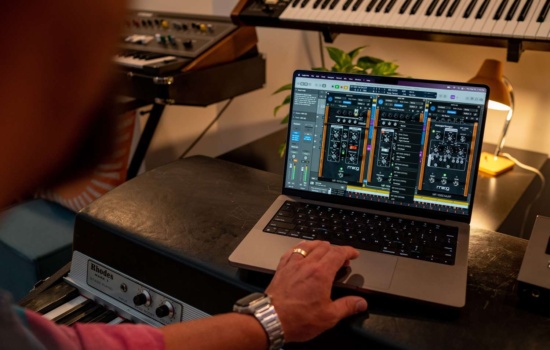
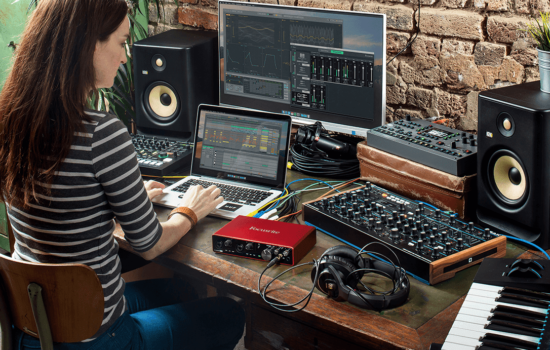

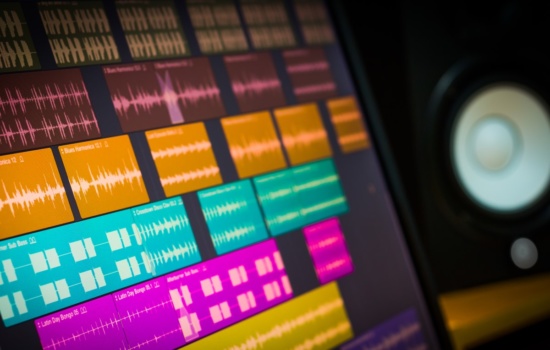

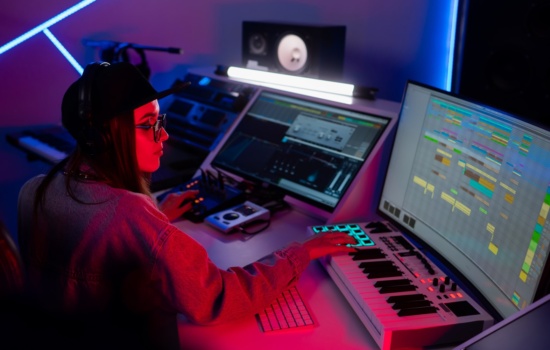
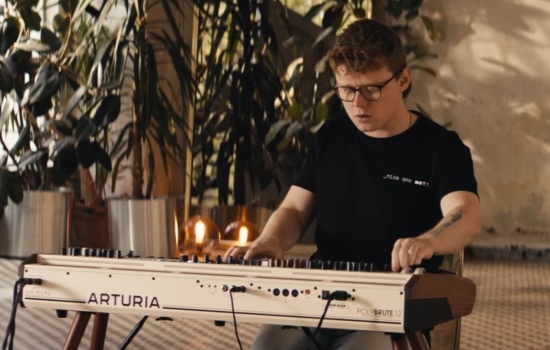

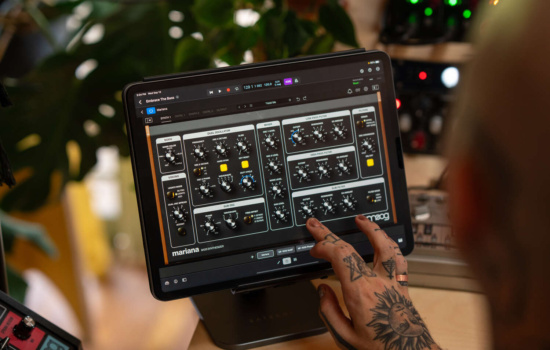

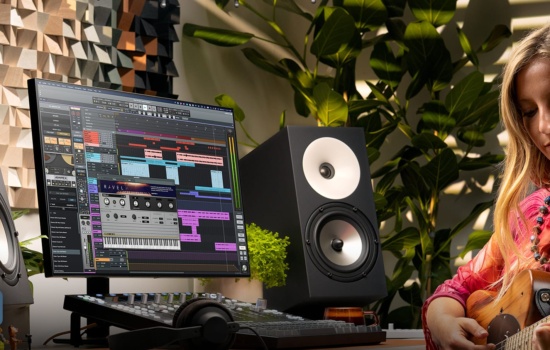
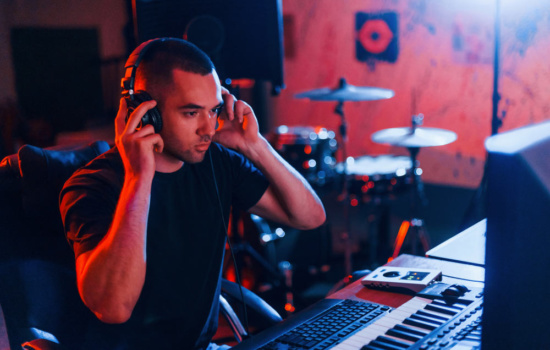
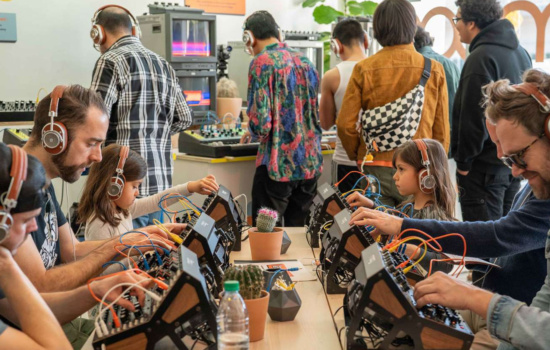
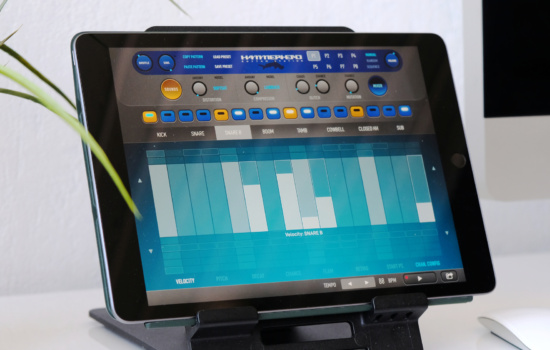
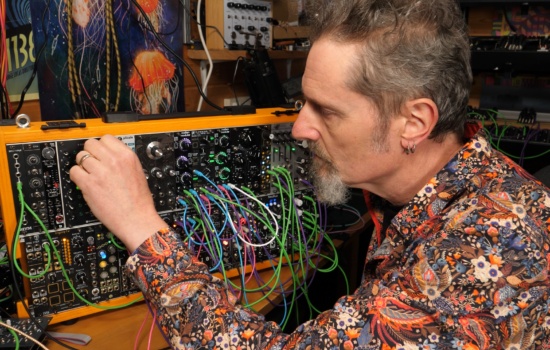
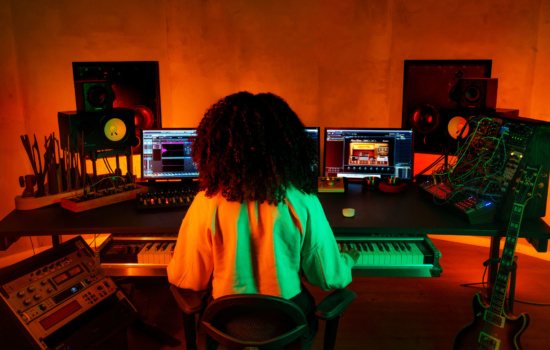
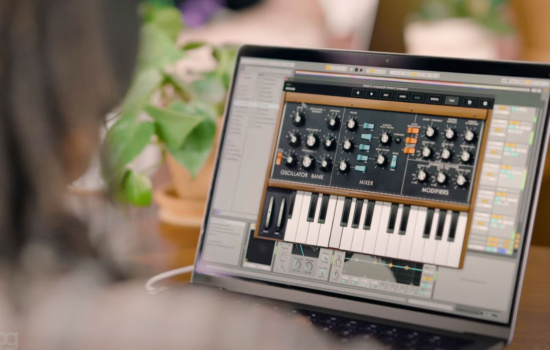
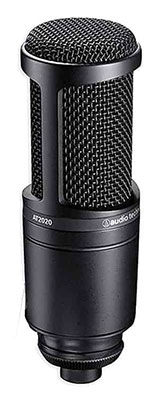
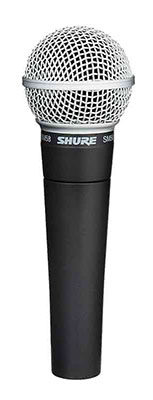
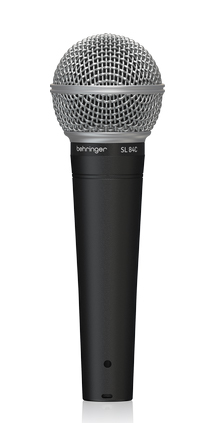
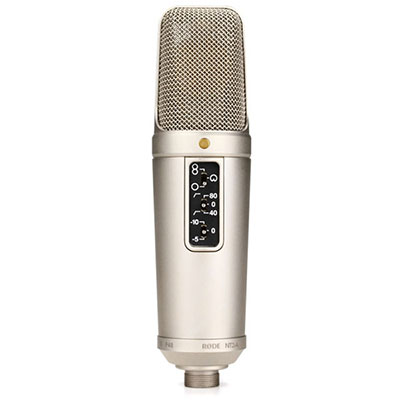
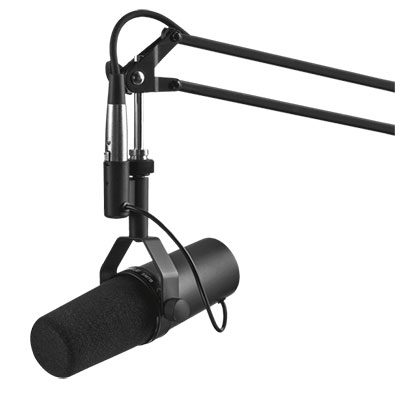
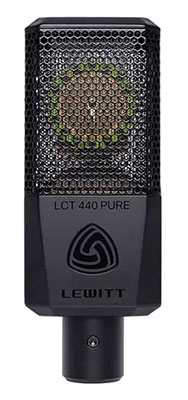
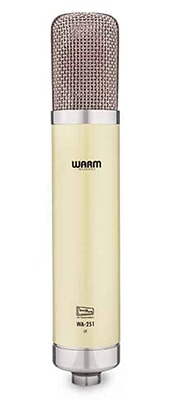
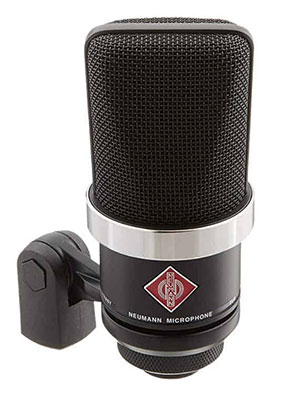
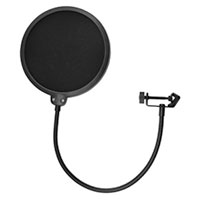 But the most important thing will be your vocal performance and a popper stopper. What’s a popper stopper? Originally made from a pair of women’s pantyhose stretched over a coat hanger these circular pop shields prevent plosives from P and B sounds from impacting the microphone. An absolutely vital piece of studio equipment for vocals whether the microphone claims to have it built-in or not.
But the most important thing will be your vocal performance and a popper stopper. What’s a popper stopper? Originally made from a pair of women’s pantyhose stretched over a coat hanger these circular pop shields prevent plosives from P and B sounds from impacting the microphone. An absolutely vital piece of studio equipment for vocals whether the microphone claims to have it built-in or not.